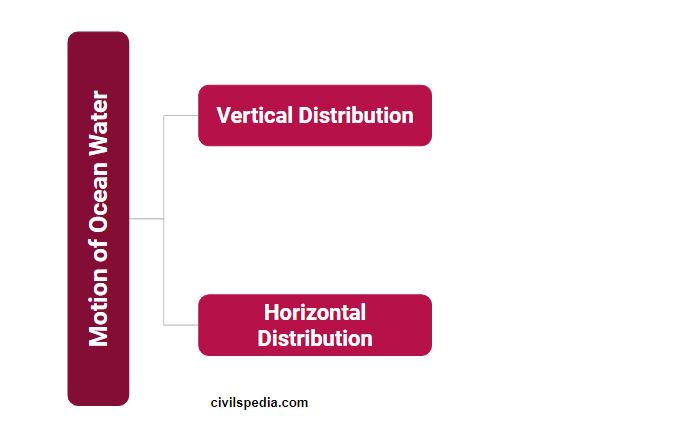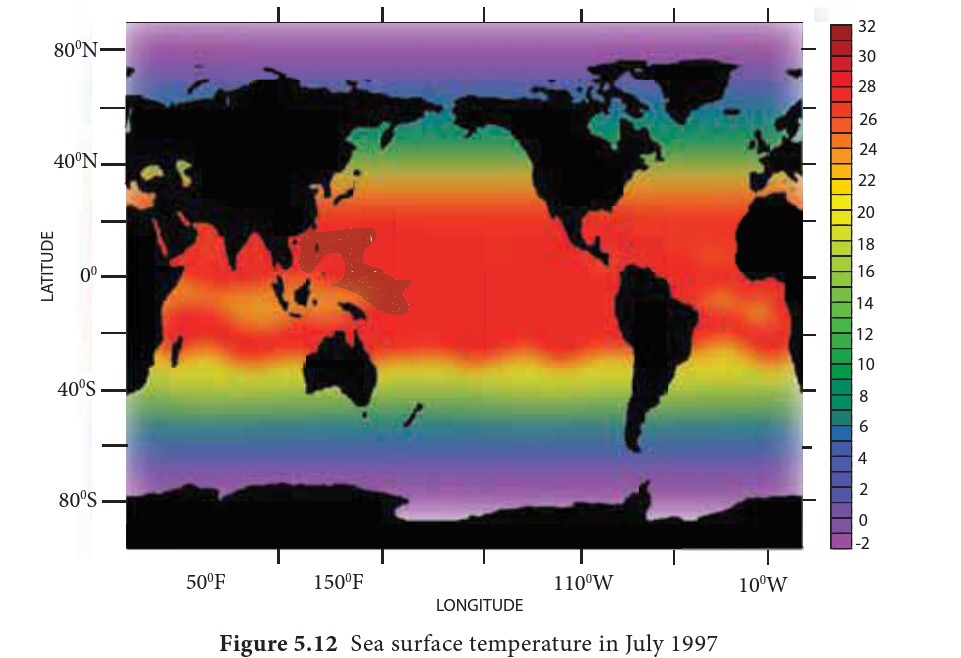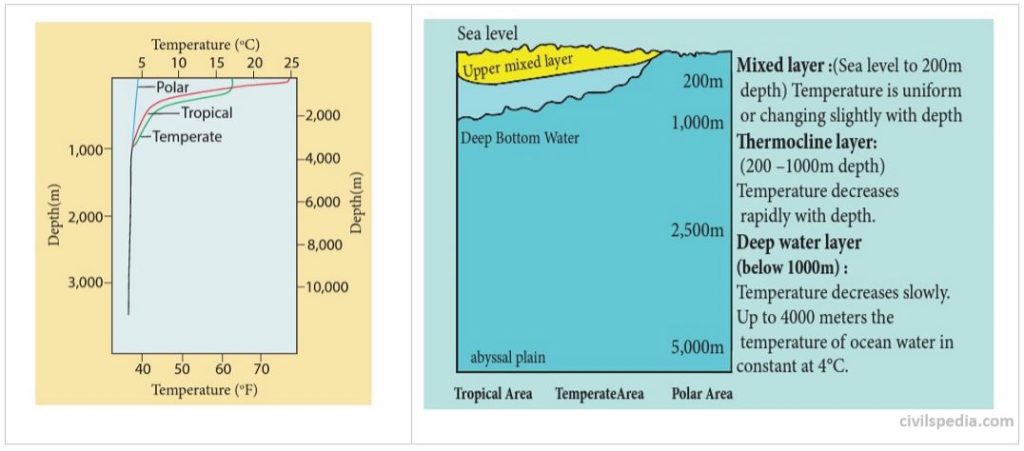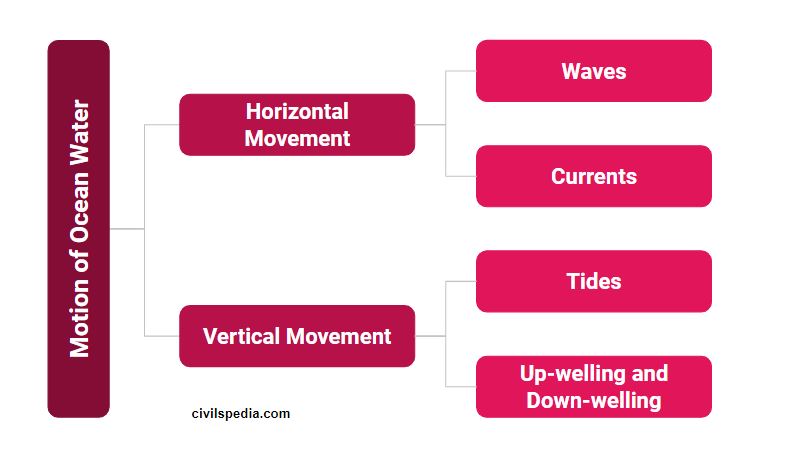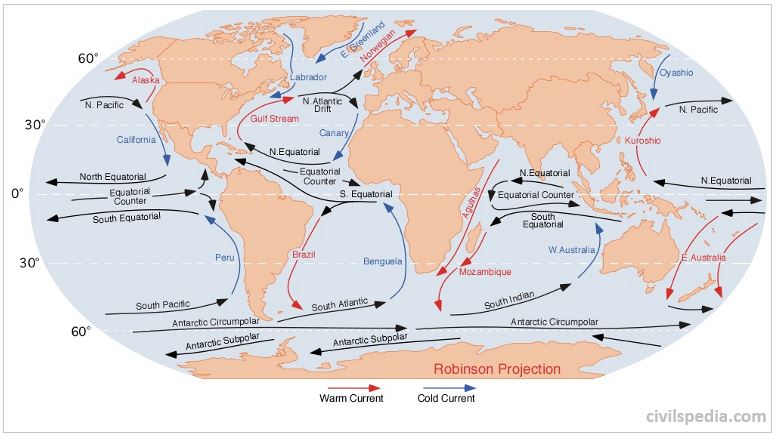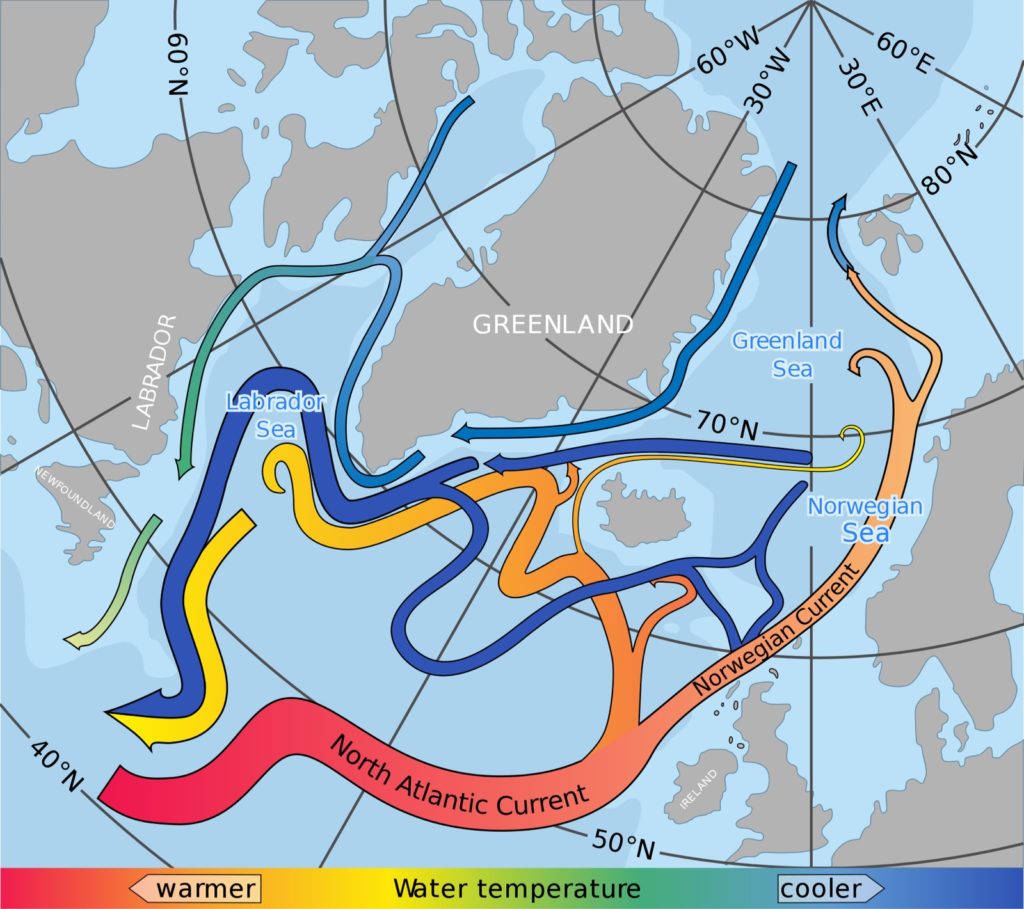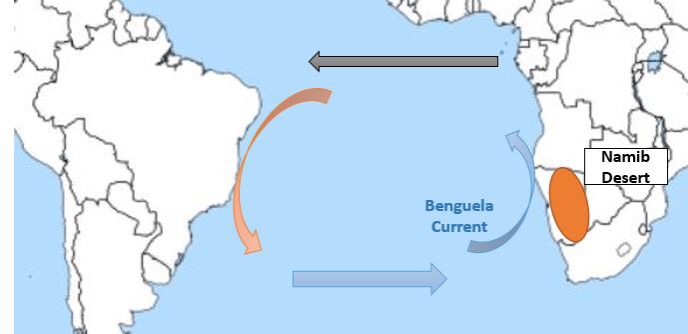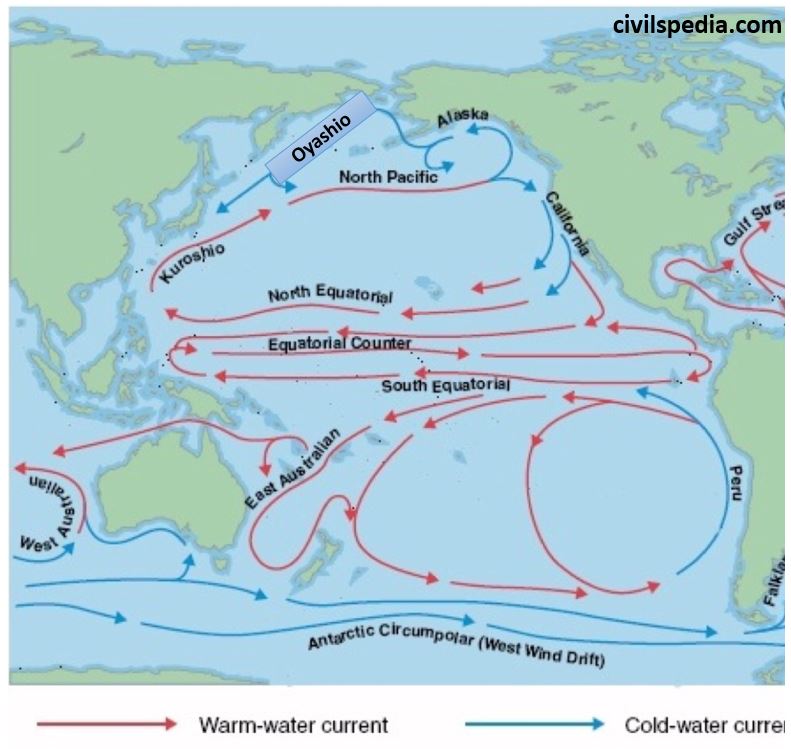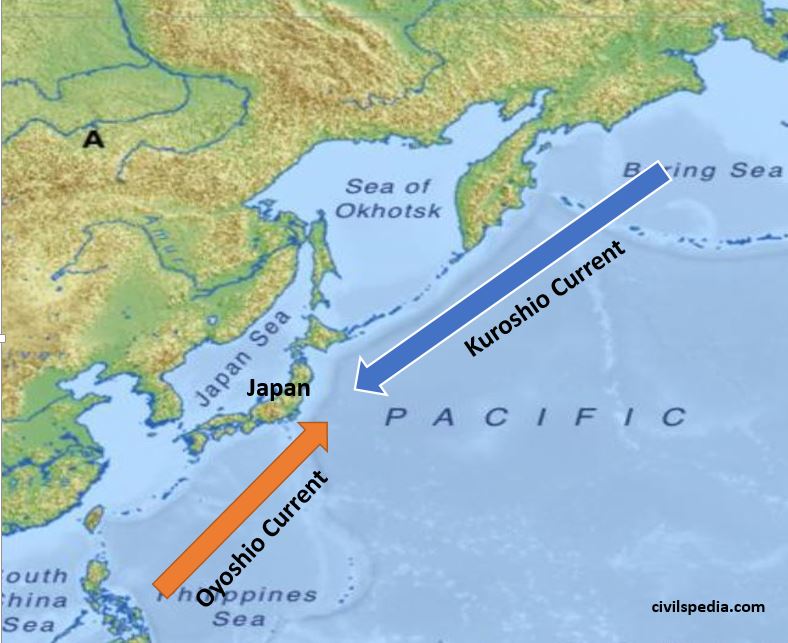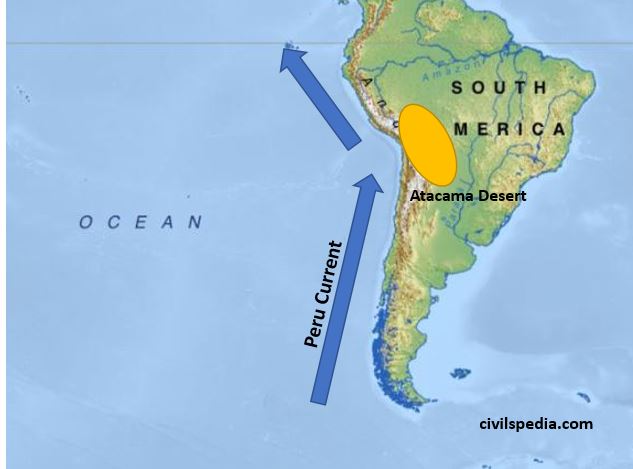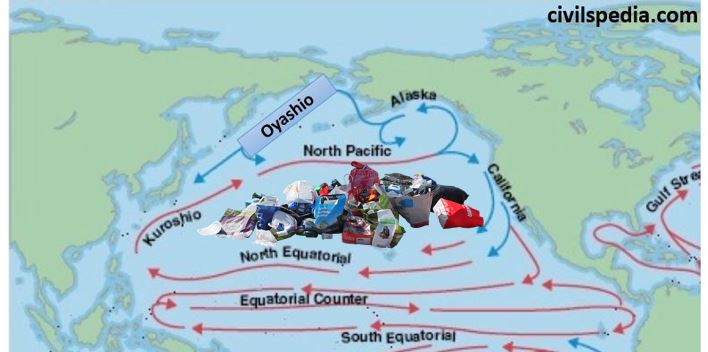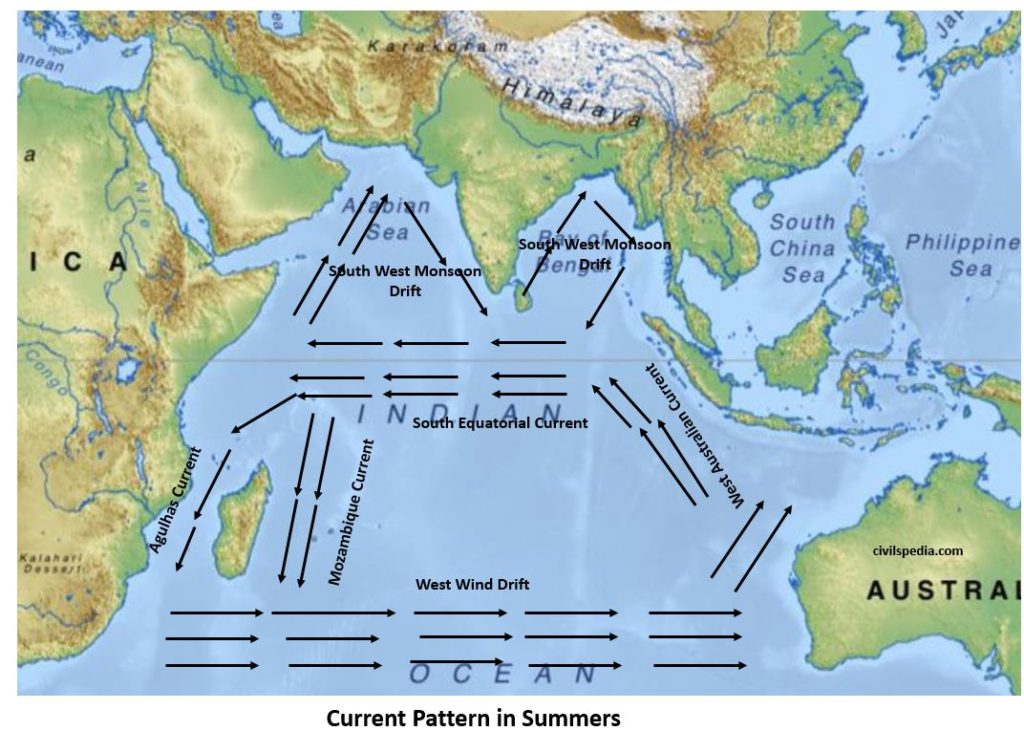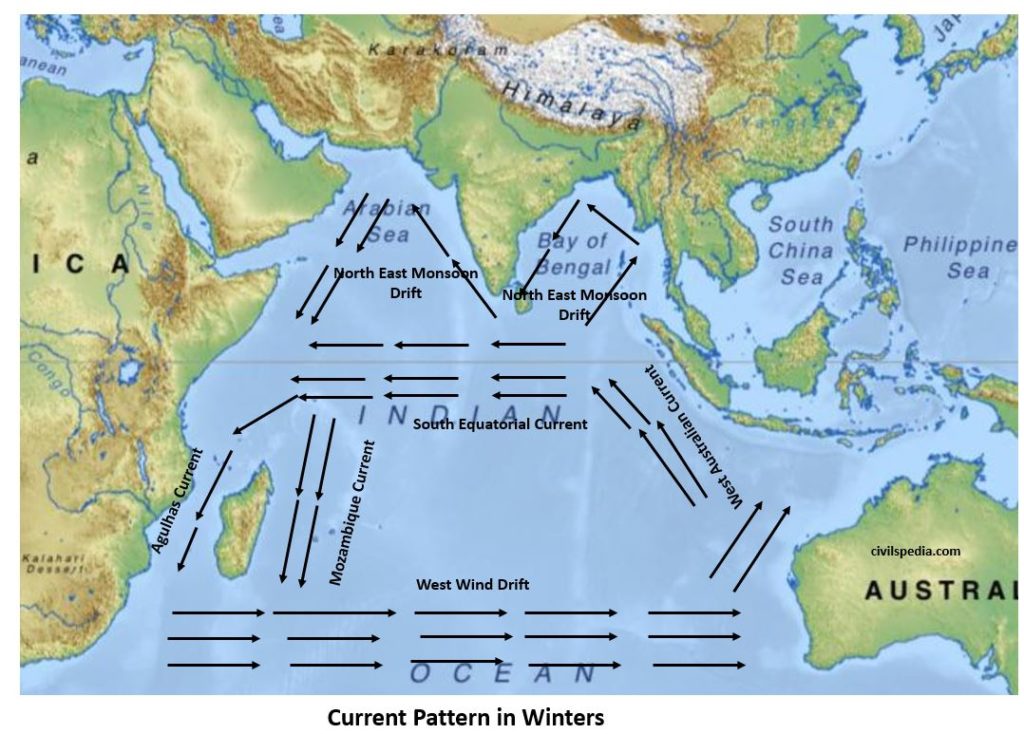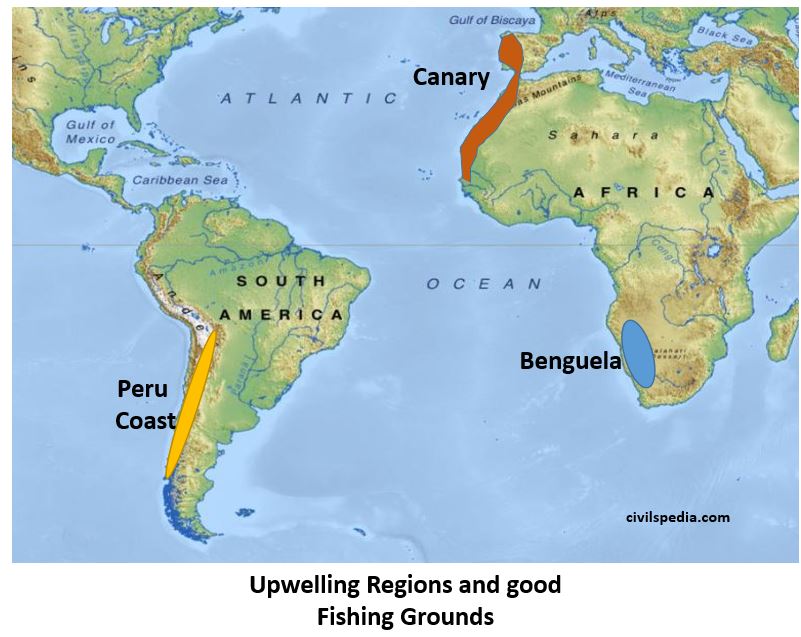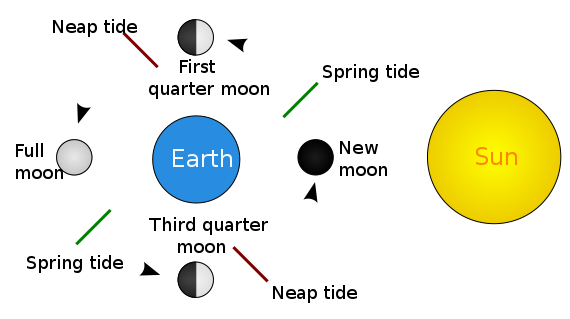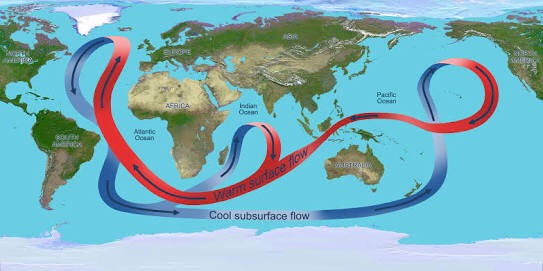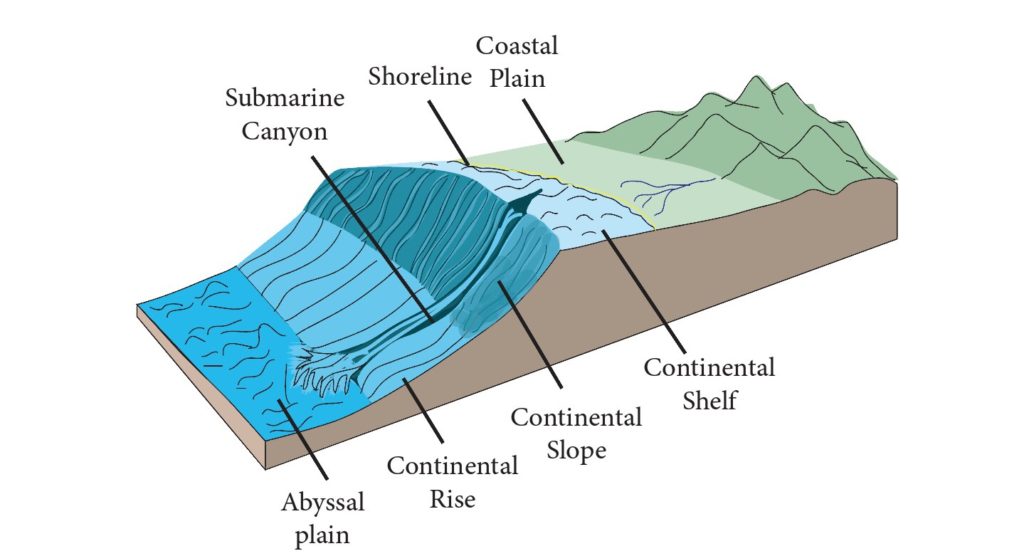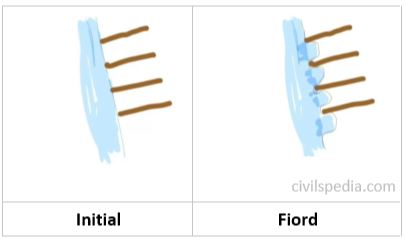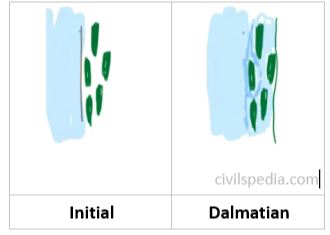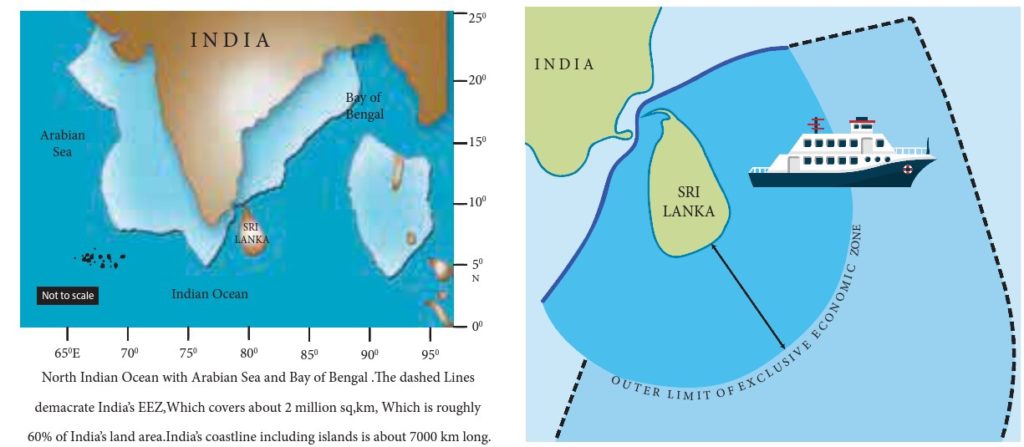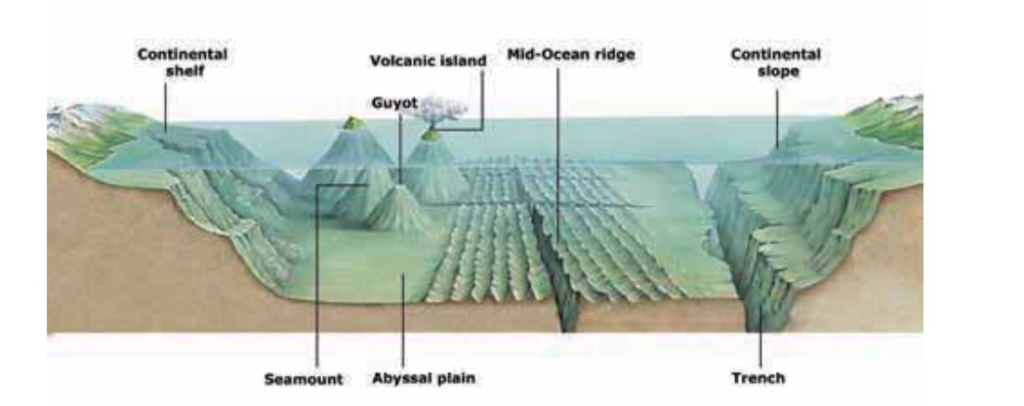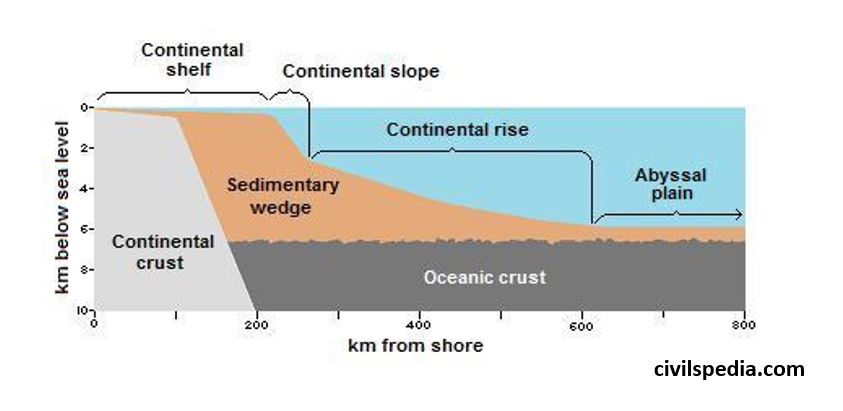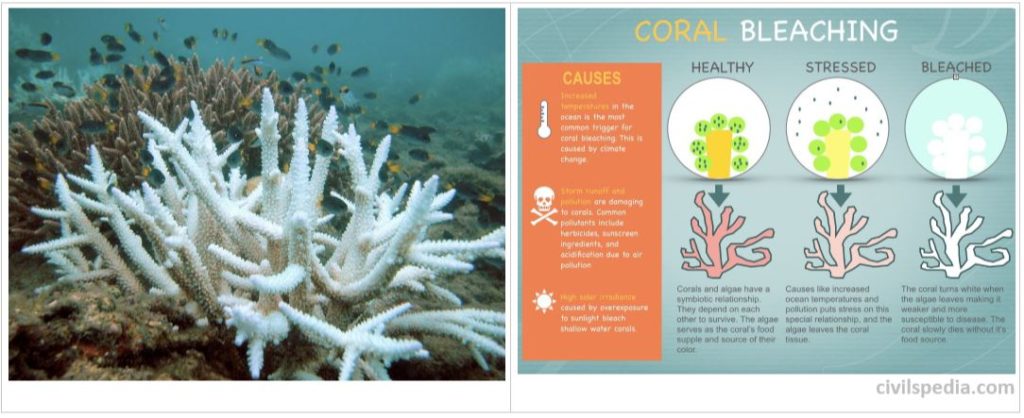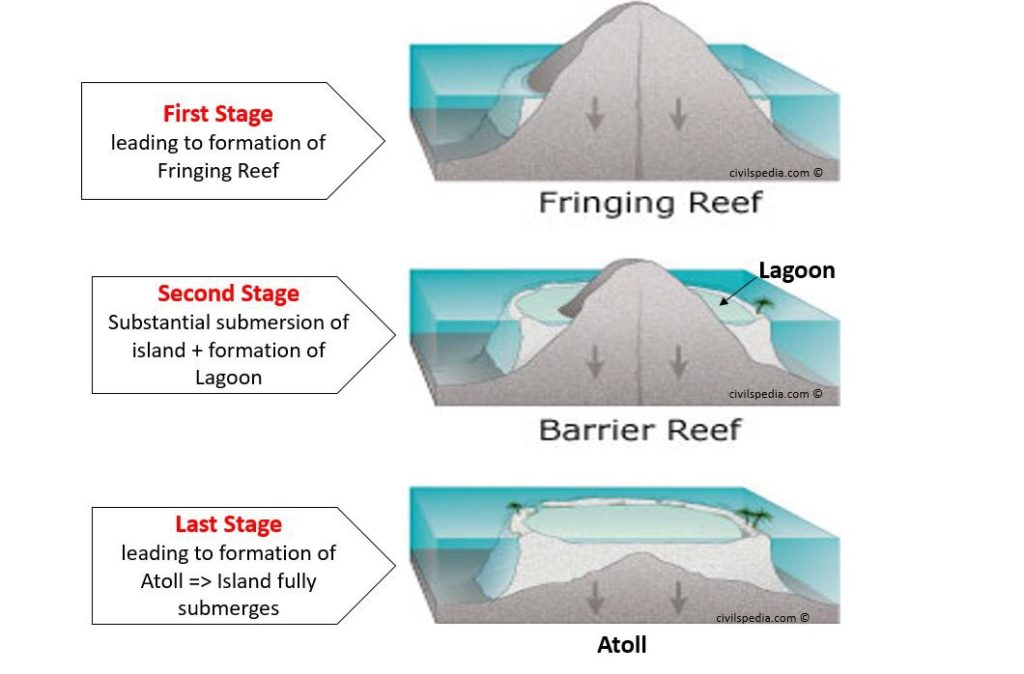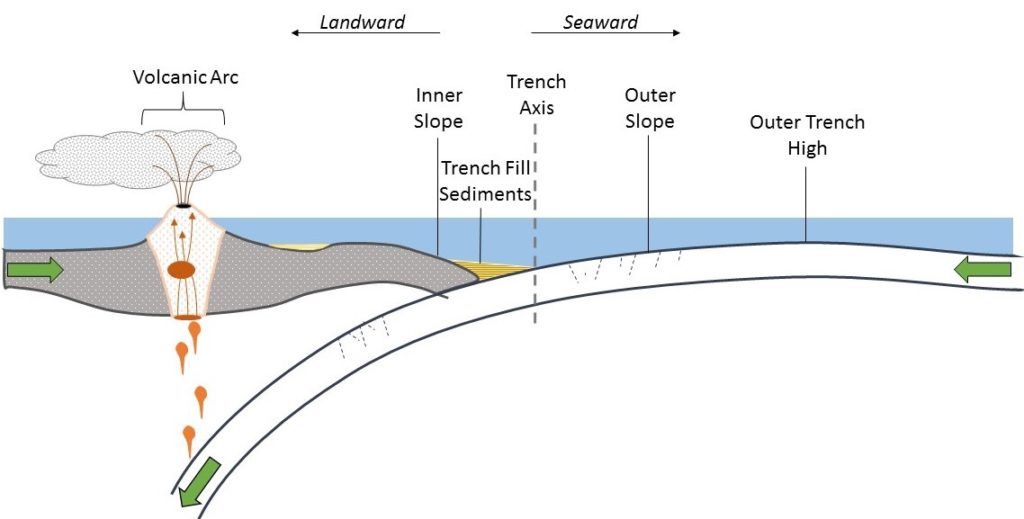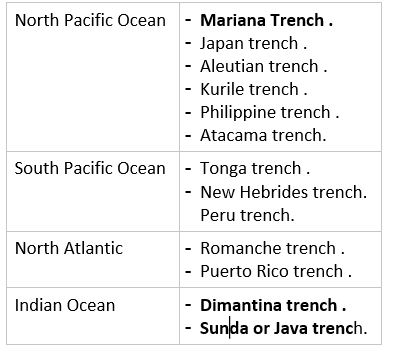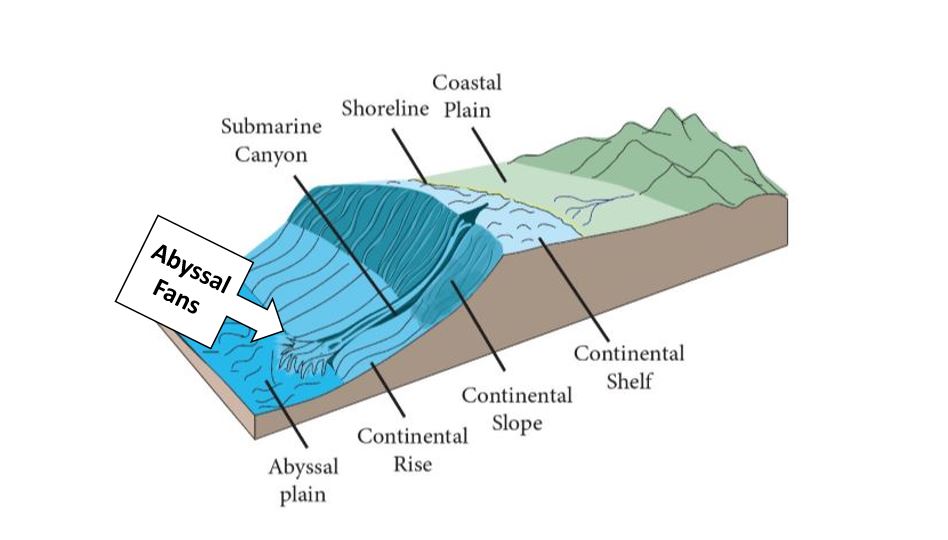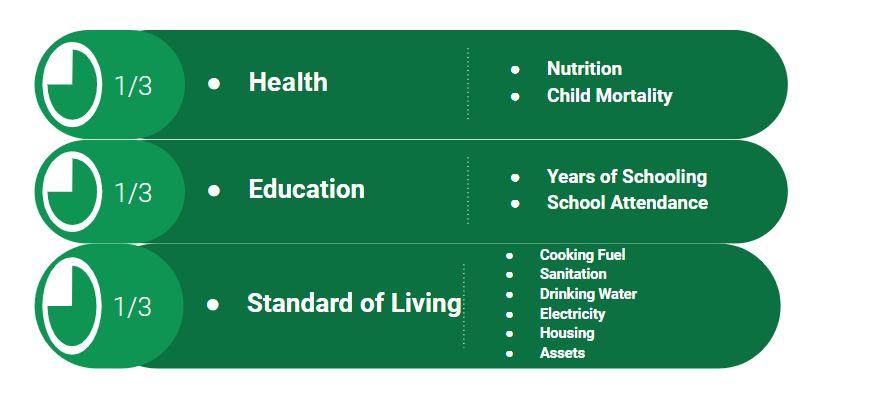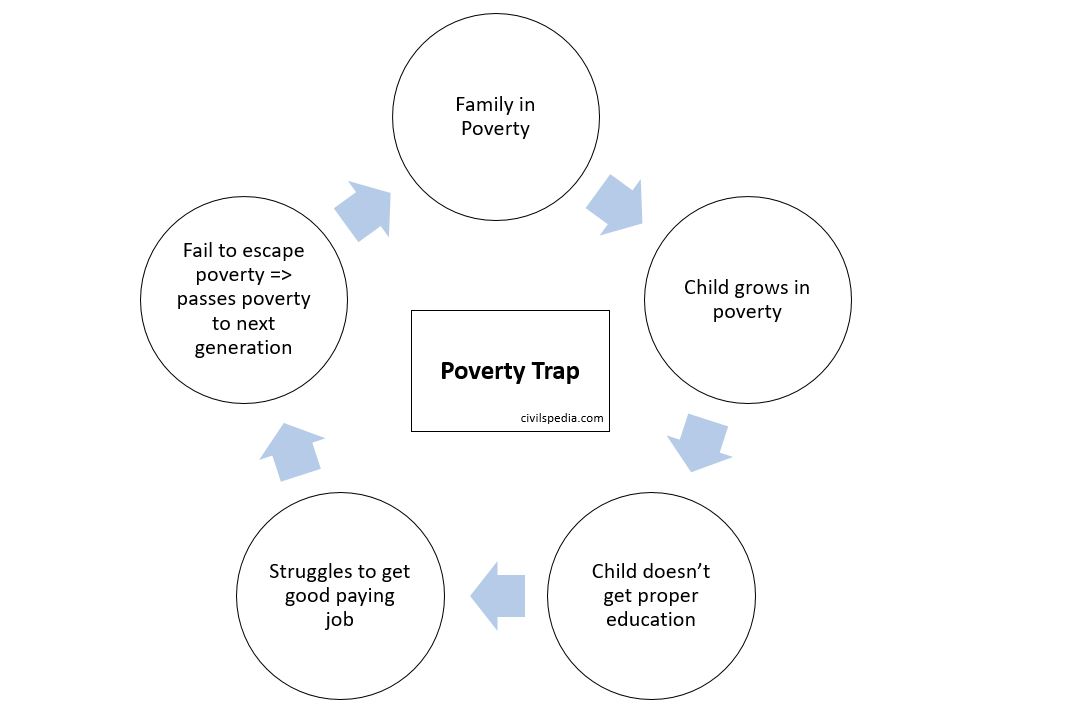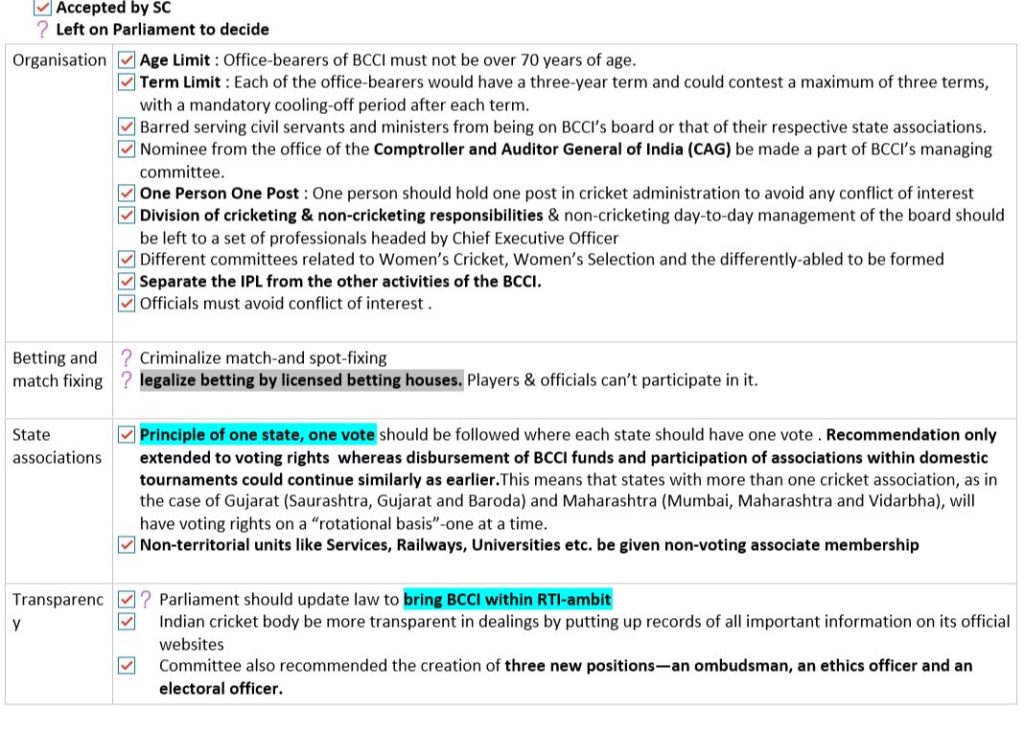Table of Contents
Ocean Salinity
This article deals with ‘Oceanography: Ocean Salinity’ This is part of our series on ‘Geography’ which is important pillar of GS-1 syllabus . For more articles , you can click here
Introduction
- Salinity of Solution is defined as amount of salt in 1000 gram of water .
- Salinity of ocean water is 35.5 ppt ( parts per thousand) & maximum amount is of common salt.
| Sodium chloride | 78% |
| Magnesium Chloride | 12% |
| Magnesium sulphate | 3.5% |
| Calcium Sulphate | 2.5% |
Why Sodium Chloride (NaCl) is present in highest proportion ?
- Every salt has cycle & they remain in sea water for specific time( called residual time) & then precipitated to bottom surface .
- Sodium (Na) & Chlorine (Cl) has highest residual time in ocean water leading to very gradual removal => that is why they are present in highest proportion .
Salt Budget
- Irrespective of absolute salinity, proportion of above salts remain same in all parts of the world .
- Amount of addition or extraction of fresh water compared to salt content in ocean water decides absolute salinity of oceans .
- Salt Budget = Budget of addition of salt & removal of salt .
Sources of salts on ocean water.
- Sediments carried by rivers (most important) .
- Submarine volcanism at Mid Oceanic Ridge .
- Chemical reaction between rocks of geothermal vent of volcano & cold water.
- Erosion of oceanic rocks and wave erosion of coastal rocks .
Removal of Salts in ocean water.
- Physical Removal : waves break at beaches ie salt spray .
- Biological removal : marine life forms extract calcium from sea water for their bones & shells .
Factors effecting salinity
| Evaporation | Higher the rate of evaporation ,higher is salinity. |
| Temperature | Warmer parts are more saline than frigid ones. |
| Precipitation | Higher the precipitation, lower is the salinity. |
| Influx of Freshwater | Influx of freshwater leads to lower salinity . |
| Atmospheric pressure | |
| Circulation of Ocean water | Stagnant water has more salinity (Eg: Sargasso sea). |
| Windy situation | Wind accelerate evaporation => windy situation = more saline |
Salinity of Oceans
- Standard salinity of ocean water is 35.5 ppt ie salinity of Atlantic ocean .
| Greater than 35.5 | High saline. |
| Lower than 35.5 | Less saline. |
- Some highly saline lakes . Man seldom drown in sea with high salinity because water is highly dense .
| Dead Sea | 238 ppt | West Asia |
| Lake Van | 330 ppt | Turkey |
| Great Salt Lake | 220 ppt | USA |
| Lake Urmia | Iran |
Overall pattern of Salinity across world
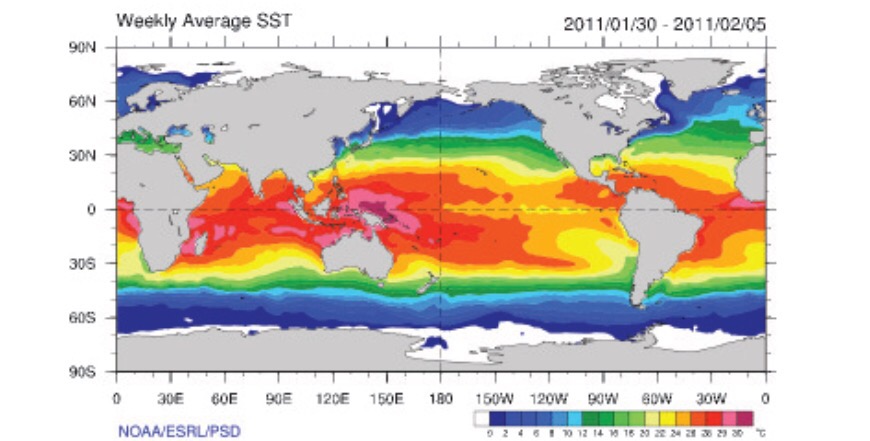
a. Latitudinal variation
- Salinity is highest at tropics(not Equator) & decreases on both sides.
- This is due to Interplay of evaporation & precipitation & other complex interactions.
b. Hemispheric variation
- Northern Hemisphere is warmer => high evaporation => more saline .
- But southern Pacific => Roaring 40, furious 50 , Shreaking 60 , Screaming 70 => very fast winds . Hence in Pacific ocean , southern hemisphere has more salinity
c. Local Variation in Salinity
| Warm ocean currents | – Increases temperature of water => equivalent to High evaporation . – Leads to more salinity. |
| Upwelling | Cooler water from depth come to surface => low salinity. |
| Transport by currents | The North Sea, in spite of its location in higher latitudes, records higher salinity due to more saline water brought by the North Atlantic Drift. |
d. Enclosed Seas
| Tropical region | – Warmer than open sea . – Will lead to high salinity. – Eg Mediterranean Sea , Persian Gulf etc. |
| High Latitude | – Cooler than open sea . – Lower salinity than open seas . – Eg Baltic Sea, Gulf of Bothnia etc . |
e. Inflow of large rivers
- Ganga – Brahmaputra => flow into Bay of Bengal => large freshwater .
- Bay of Bengal is less saline than Arabian Sea.
f. Glaciers
- Those oceans /seas which receive greater glacier water are less saline
- Baltic Sea is very less saline because of this reason .

